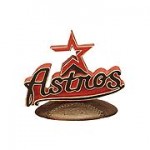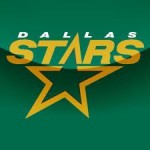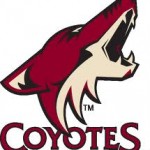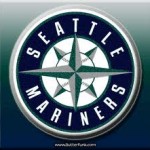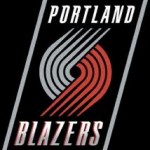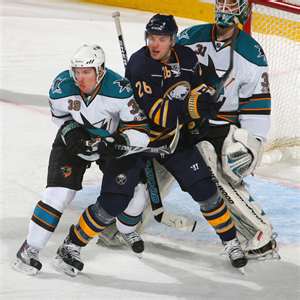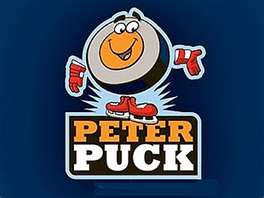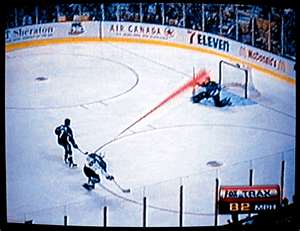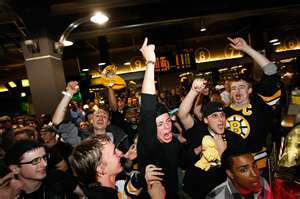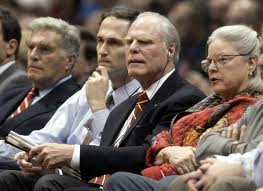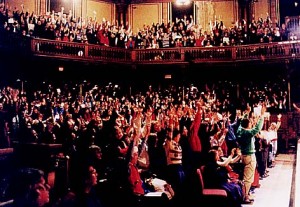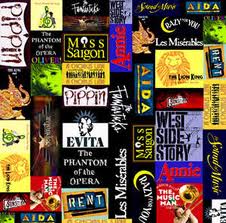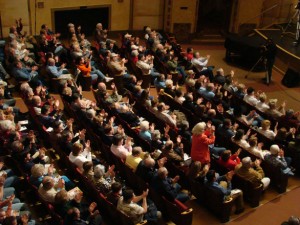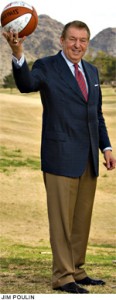Whether creating, reinventing or refreshing a team’s, facility’s, event’s or product’s identity, it pays dividends to invest time and effort in a systematic and objective approach. Shortcuts have paved the way to a mortuary of missed opportunities and costly mistakes.
Here is the process we used building the San Jose Sharks identity and what we learned about how to capitalize on the best practices of consumer-driven industries worldwide.
● Put someone in charge who has strong project management skills and experience managing the creative process. Then EVP Business Operations, I was assigned responsibility for developing the team name, logo, uniform design and colors by Art Savage, President & CEO.
● Build a multifunctional team that understands the customer and is comfortable with experimentation and open to alternatives. We forged a team of freelance talents (rather than delegate the project to one outside agency) to develop the NHL’s first “family” of logos and logotypes, i.e., a primary crest (the shark biting stick treatment), a shoulder patch (the stylized fin), the serrated tooth typeface and an alphabet of its own (Triangle Gothic). Among the four designers engaged to develop the logo family, Terry Smith eventually Continue reading Identity and Logo Development: Avoid a crapshoot
